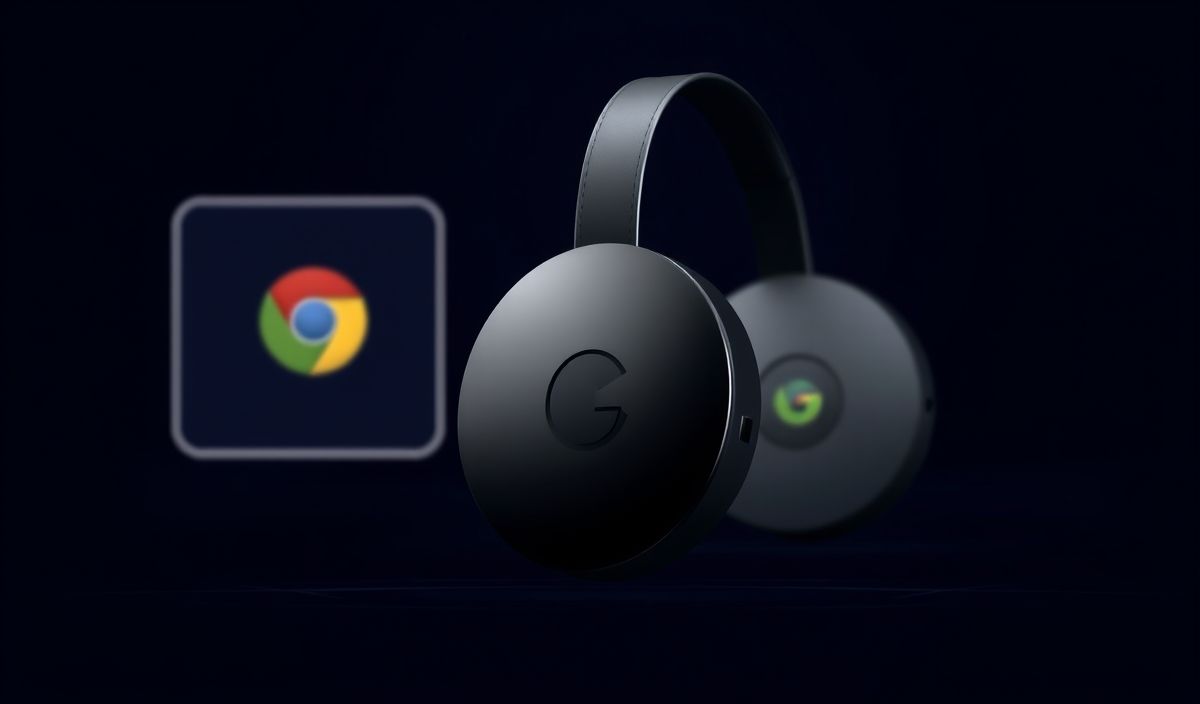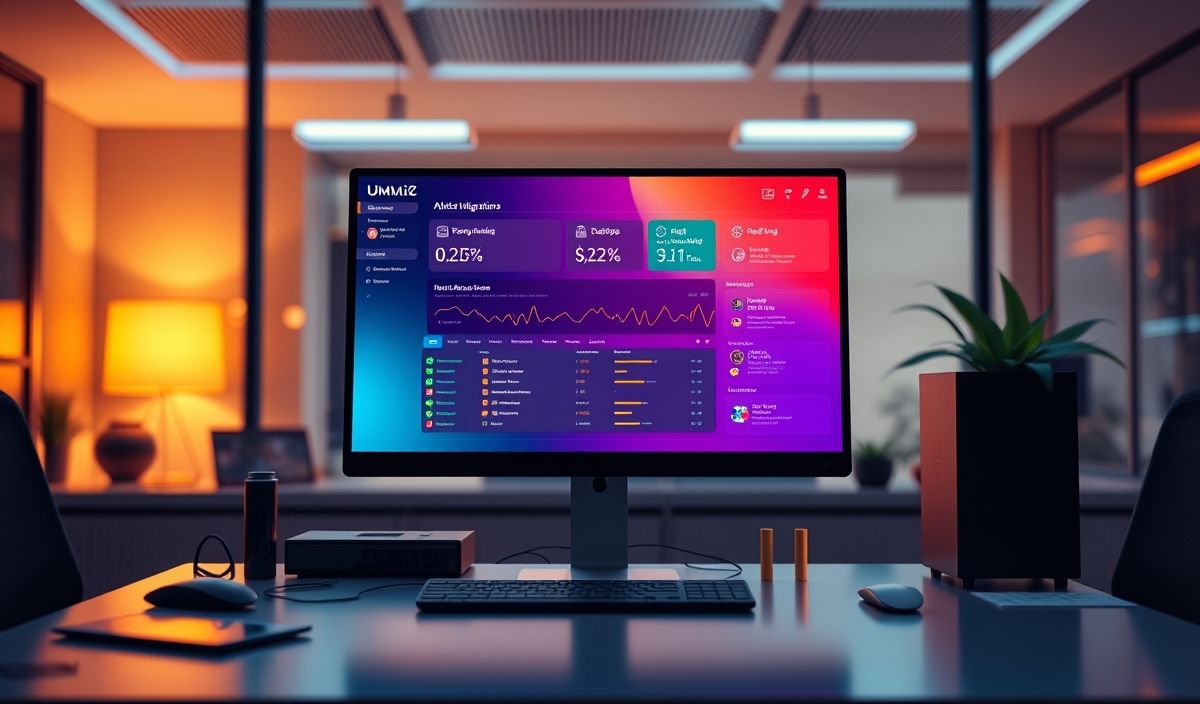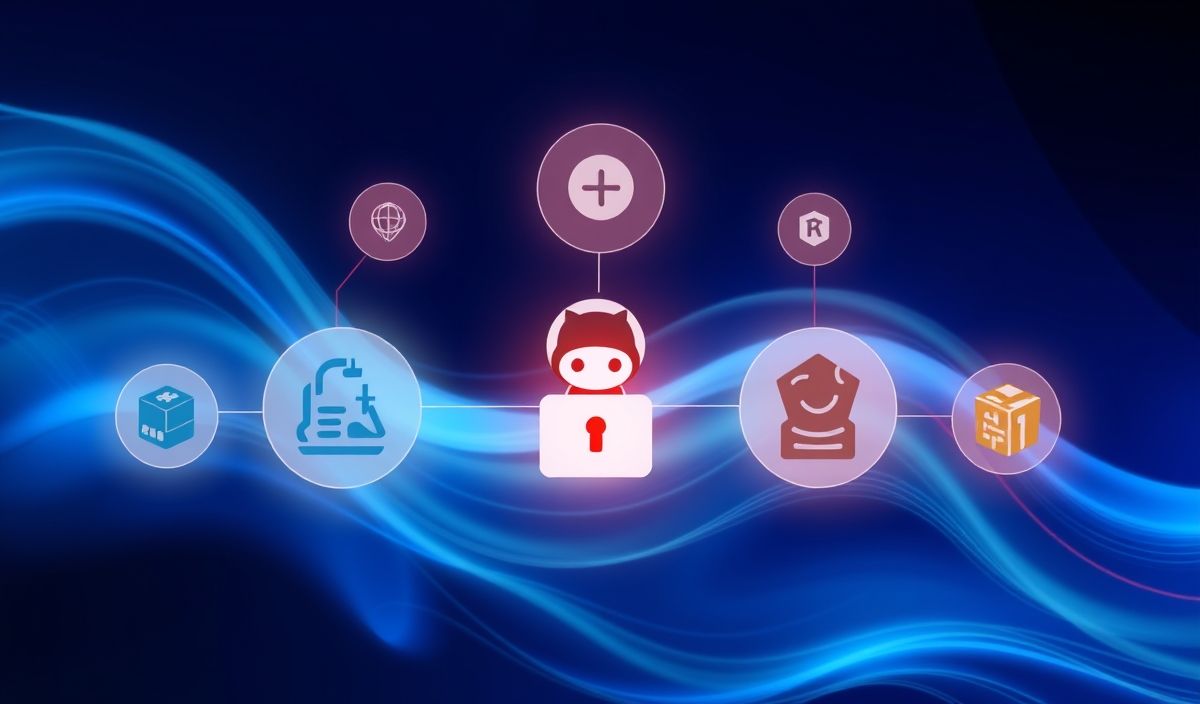Welcome to the Comprehensive Guide on Chromecast-JS
Chromecast-js is a robust JavaScript library that enables developers to interact with Google Chromecast devices seamlessly. With a plethora of APIs, you can develop sophisticated applications that cast media, control playback, and much more. This guide will provide extensive insights and examples to help you get started with Chromecast-js.
Getting Started with Chromecast-js
npm install chromecast-js --save
Discovering Devices
Scanning for available Chromecast devices on your network is the first step:
const chromecastjs = require('chromecast-js');
const browser = new chromecastjs.Browser();
browser.on('deviceOn', function(device) {
console.log('Found device:', device.friendlyName);
});
Connecting to a Device
Once you have discovered a device, you can connect to it using the following API:
const chromecastjs = require('chromecast-js');
const browser = new chromecastjs.Browser();
browser.on('deviceOn', function(device) {
device.connect();
console.log('Connected to device:', device.friendlyName);
});
Casting Media
Chromecast-js allows you to cast media such as videos, images, and audio to the connected device:
device.on('connected', function() {
const mediaURL = 'http://commondatastorage.googleapis.com/gtv-videos-bucket/sample/BigBuckBunny.mp4';
device.play(mediaURL, 0, function() {
console.log('Playing media:', mediaURL);
});
});
Controlling Playback
Manage playback actions with ease using these APIs:
// Pause media
device.pause(function() {
console.log('Media paused.');
});
// Resume media
device.resume(function() {
console.log('Media resumed.');
});
// Stop media
device.stop(function() {
console.log('Media stopped.');
});
Setting Volume
Change the volume of the media on the Chromecast device:
// Set volume level (0.0 to 1.0)
device.setVolume(0.5, function() {
console.log('Volume set to 50%.');
});
Application Example
Now that you are familiar with the Chromecast-js APIs, let’s build a simple application that uses these functionalities:
const chromecastjs = require('chromecast-js');
const browser = new chromecastjs.Browser();
browser.on('deviceOn', function(device) {
device.connect();
device.on('connected', function() {
const mediaURL = 'http://commondatastorage.googleapis.com/gtv-videos-bucket/sample/BigBuckBunny.mp4';
device.play(mediaURL, 0, function() {
console.log('Playing media:', mediaURL);
setTimeout(() => {
device.pause(() => {
console.log('Media paused.');
setTimeout(() => {
device.resume(() => {
console.log('Media resumed.');
setTimeout(() => {
device.stop(() => {
console.log('Media stopped.');
});
}, 5000);
});
}, 5000);
});
}, 5000);
});
});
});
In this example, Big Buck Bunny video is cast to the Chromecast device, then paused after 5 seconds, resumed after another 5 seconds, and finally stopped after another 5 seconds.
Explore the full potential of Chromecast-js and start building your next Chromecast application today!
Hash: 127aa4ce4f66274b3fce1ab1954e81407f88f3af76bca5c0afde4ab9a4ac6798




